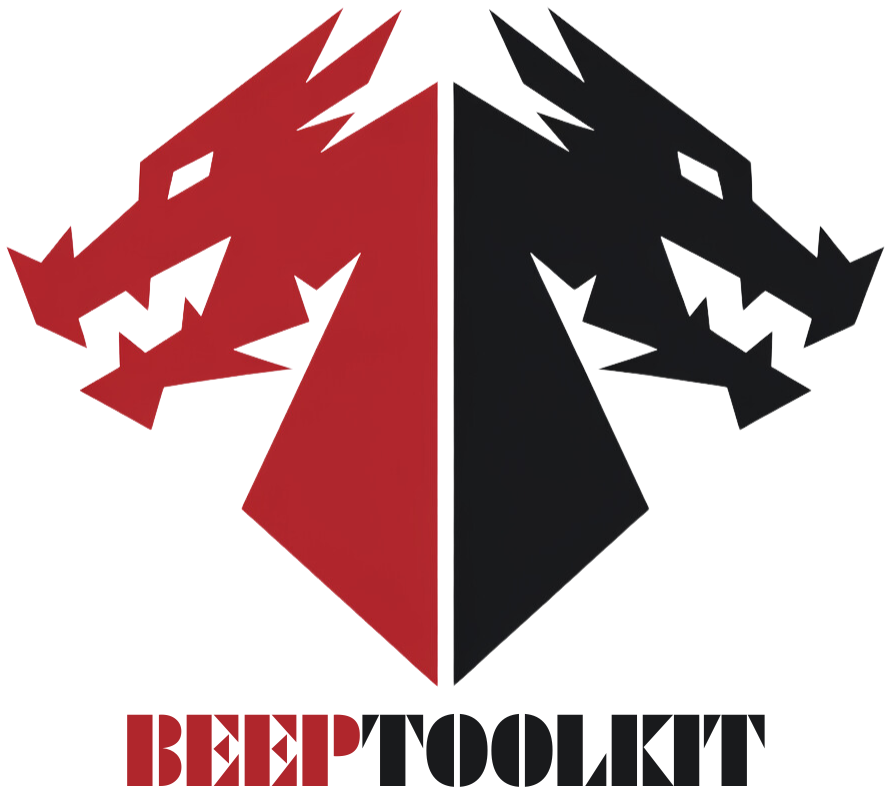YOUR NEXT AUTOMATION IDEA MAY BE JUST A BUTTON AWAY.

Non-standard automation demands that engineers design system behavior as a sequence of actions based on conditions and order. What matters most is the logic of control — rooted in binary states like on/off, pressed/released, signal/no signal. Specialists in this field are no longer willing to spend time crafting low-level code. Instead, they need a framework where logic comes first — clear, visual, and systematic.
BEEPTOOLKIT — WHERE IDEAS BECOME ACTION
The system must:
In Beeptoolkit, this is resolved behind the scenes, at the core level, where your simple, understandable instructions for virtual button behavior are processed by the system.
These are actions and logic patterns that feel natural to engineers — yet Beeptoolkit structures them in a form that machines can execute directly.
Scenarios can be reused, refined, and deployed across projects. This nurtures a culture of open development, where even solo engineers can build what once required entire teams.
